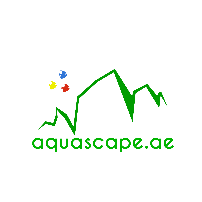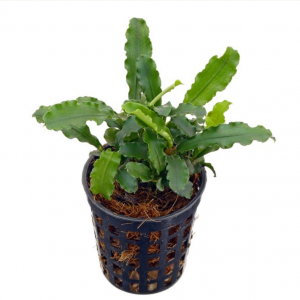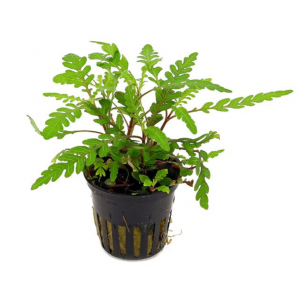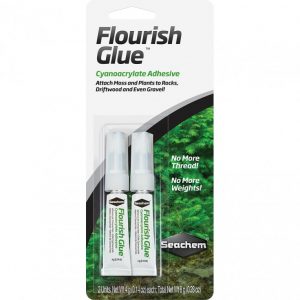Java Ferns on ceramic
Size: 15cm
Plants included
- Java fern narrow leaf
- Java fern windelow
د.إ85.50 د.إ95.00
Ceramic cones can also provide several benefits when used with plants in an aquarium: Plant growth: Ceramic cones can be used as a substrate for plants, allowing them to anchor and grow. They can also provide a surface for beneficial bacteria to grow on, which can help to break down waste and provide nutrients for the plants. Aeration: As water flows through the small openings in the ceramic cones, it creates turbulence and increases oxygenation in the water, which can help to promote plant growth. Decoration: Ceramic cones can add a natural and aesthetic look to the aquarium, especially if they are designed to look like rocks or coral. They can also be used to create a natural-looking landscape for the plants to grow on. pH stabilization: Depending on the type of ceramic used, it can help to stabilize the pH levels in the aquarium water, which can be beneficial for plant growth. Nutrient retention: Ceramic cones can help to retain nutrients in the water, which can be beneficial for plant growth. Overall, using ceramic cones with plants in an aquarium can provide a natural and healthy environment for the plants to grow, while also adding visual interest to the aquarium.






